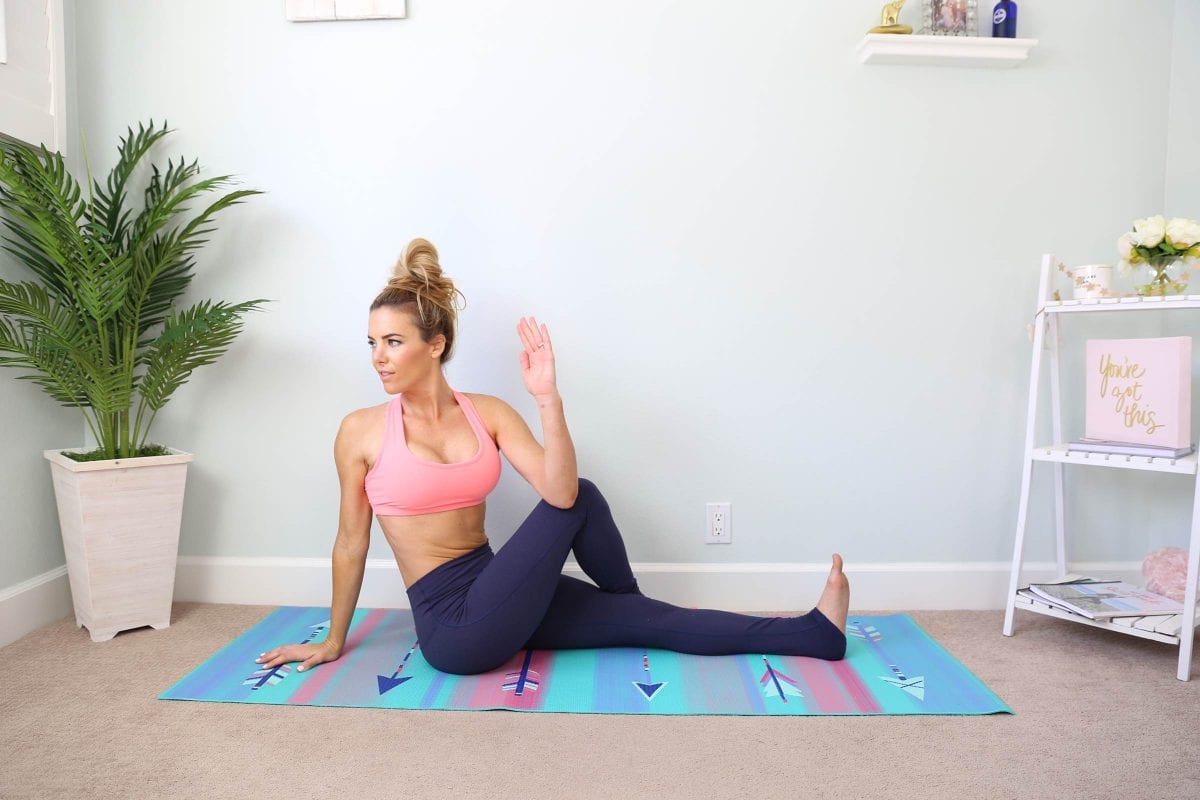When you’ve made the decision to be more active in your pursuit for better physical health, you’re likely going to experience having a bit of cuts and bruises (figuratively, anyway) throughout the process of working out. Your muscles will naturally feel strained and stressed because of the working out you’ve done for the day, but it’s not impossible to relieve pain once it’s started.
Just because you’re getting fit doesn’t mean it’s all just sweat, however. Getting fit involves a bit of pain, especially when muscles that aren’t being used after a long time are stressed. This kind of pain, however, won’t exactly last forever. According to John Berardi, Ph.D., it’s likely that muscles can gain full recovery until a week or two have elapsed from the intense workout – although up to 48 hours of rest can be enough when it comes to apt recovery before working out again. However, before we get into ways of relieving pain, perhaps it’s important to first put a definition to the pain.
What Pains You While Getting Fit?
Perhaps the most obvious indicator of pain while working out is the occurrence of sore muscles
. Muscle soreness occurs because there are micro-tears in muscle tissue that are forced to regrow during the recovery process. This process of “regrowth” is what actually makes muscles stronger and more durable, which is why a lot of trainers say rest is important in the muscle development process.
Of course, for those who want to be fit on a schedule, regularly taking breaks might not be your thing. If you want to go on even with the pain, here’s the best ways to help relieve pain when getting fit:
- Stretching is still your best friend: Stretching is perhaps your best first defense against pain when it comes to working out. A lot of trainers say stretching is perhaps the most important preparation you could do for a workout precisely because you’re expected to shorten and contract muscle fibers and your muscles in general in the process. Lengthening them through stretching can at least promote mobility and better recovery.
- Massage works for relief: Another effective way of relieving pain is to massage your sore muscles before, during, and after workouts. This eases feelings of muscle soreness and may even promote better muscle recovery and mobility for you.
- Foam rolls can do the trick: Try using a foam roller to massage your muscles and reduce soreness. Try to give five rolls to each major muscle group, going up from your calves. You can choose to spend more time with sore spots so you can give them the kind of care they need.
- Eating right can help you recover right: While eating isn’t exactly an immediate way to relieve pain, it’s certainly a good way to maintain and repair muscles to ward off soreness in the long run. Try to make sure you get enough healthy fats, carbohydrates, and proteins through good dietary prescription and not eating excessively in order to make sure your body is regularly maintained.
- Heat up between workouts: Heat stimulates blood flow, which makes it quite an efficient tool when it comes to encouraging muscle recovery. However, do remember to expose yourself on heat such as jacuzzi between workouts, not immediately after training. Exposing yourself to intense heat after training can encourage inflammation and make already-sore muscles much painful.
- Keep on moving: While moving does hurt your sore muscles, try to move them a bit in order to let your body get used to the pain and for the sore body part in order to adjust. This helps the body develop the right kind of safeguards to avoid muscle soreness in the future, or at least motivate your muscles to become stronger.
- Use ice for relief: If you’ve had a tough workout and have muscle soreness, try to ice your muscles to ward off inflammation. Don’t forget if you’re really sore you can opt to take pain medications to aid with your relief.
Conclusion: In Fitness It’s No Pain, No Gain
Exercising is not an easy feat, especially when you’re working out to get a fit body. A good body takes time, patience, effort, and especially a bit of pain in order to achieve. This means you should remember that taking a lot of rest, eating the right food, and getting a lot of sleep is essential for muscle growth and recovery. If you want a quicker way to help relieve pain when getting fit, perhaps the above can help give a better perspective on the matter.
Author Bio
Ashleigh Thompson is an aspiring doctor who writes during her spare time. As a contributor for sites such as Mundrugstore, Ashleigh has explored quite a broad range of topics throughout the course of her writing career, and this has kept on motivating her to explore new concepts and write about the newest trends in the health industry. You can find more about this store through here.








